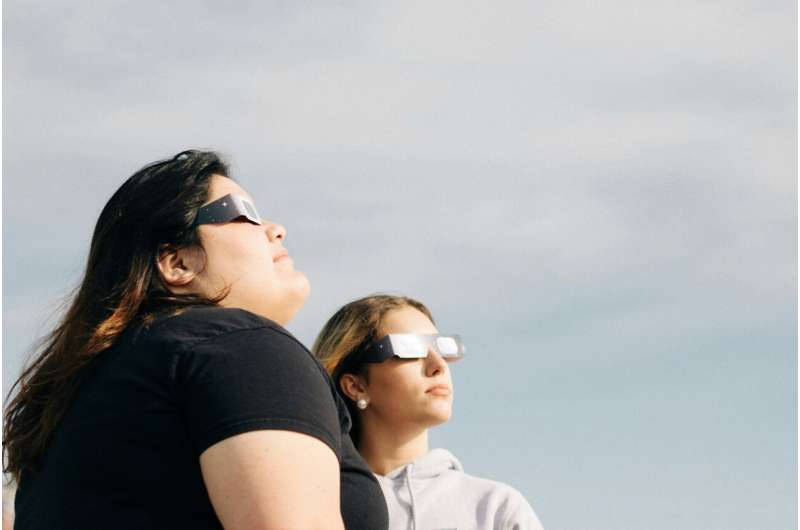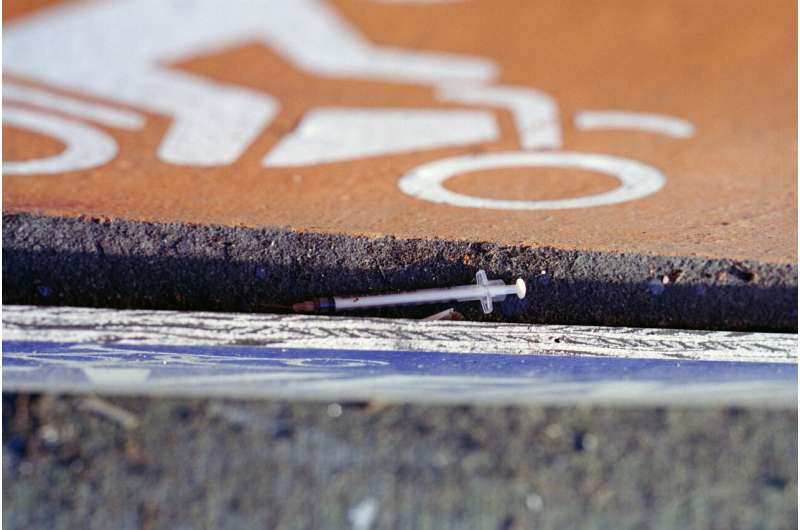Rapid Response by Bystanders Can Significantly Increase Survival Rates in Cardiac Arrest Cases

Prompt assistance from bystanders, including CPR and AED use, can significantly improve survival rates in out-of-hospital cardiac arrests, but many lack awareness and training. Learn how quick response efforts save lives.
Every year, over 350,000 cardiac arrests occur outside hospital settings across the United States, with a stunning nine out of ten victims losing their lives due to delayed emergency assistance. The critical factor influencing survival is the speed at which help arrives; each passing minute without intervention reduces the chances of survival by approximately 10%. However, prompt action by bystanders, including immediate CPR and the use of an Automated External Defibrillator (AED) if available, can double or even triple the chances of survival.
Despite the importance of immediate aid, less than half of the general public receives prompt assistance during such emergencies. Cardiac arrest happens abruptly when the heart's electrical signals malfunction, causing the heart to stop beating effectively. Notably, about 70% of these incidents occur at home, emphasizing the need for widespread training and awareness.
In public places, AEDs are often accessible, but not always easy to locate. These compact devices analyze the heart’s rhythm and guide the user to deliver shocks to restore normal heart function. Although many public spaces like airports, malls, and schools are mandated to have AEDs, their usage remains surprisingly low—bystanders activate AEDs in only about 7% of public cardiac arrest cases, and perform CPR in roughly 42%.
To address this gap, organizations like PulsePoint have created extensive registries of AED locations—currently over 185,000 AEDs in 5,400 U.S. communities—and connected these with emergency dispatch systems. Their mobile app allows trained individuals to receive alerts about nearby cardiac emergencies and locate nearby AEDs, potentially saving more lives.
Legal protections via 'good Samaritan' laws exist across all U.S. states and D.C., shielding bystanders from liability when providing emergency assistance in good faith. Despite this, lack of training remains a barrier. Studies indicate only 18% of Americans have recent CPR training, while many have been trained at some point but lack confidence in applying their skills or using AEDs.
Enhancing mandatory training programs, especially for high school students and workplaces, has proven effective in countries like Denmark and Norway, where CPR and AED training are integrated into licensing and education systems. In the U.S., quick, accessible courses demonstrate that even untrained individuals can learn essentials quickly—like pressing fast, hard chest compressions at 100-120 per minute.
Healthcare professionals emphasize that the most vital step for bystanders is to feel confident enough to call 911 and initiate CPR without hesitation. Dispatchers also play a crucial role by guiding callers through lifesaving techniques during emergencies.
In conclusion, increasing awareness, improving access to AEDs, and promoting widespread CPR training are critical steps toward improving survival rates for out-of-hospital cardiac arrests. Immediate action from bystanders is often the key difference between life and death.
Source: https://medicalxpress.com/news/2025-05-fast-action-bystanders-cardiac-survival.html
Stay Updated with Mia's Feed
Get the latest health & wellness insights delivered straight to your inbox.
Related Articles
Retinal Damage Risks After the 2024 Solar Eclipse: Understanding the Hidden Price
The 2024 solar eclipse led to permanent retinal injuries in some viewers due to unsafe observation methods. Learn about the risks, symptoms, and importance of eye protection during solar events.
Early Intervention in Youth Obesity Can Significantly Reduce Hypertension and Prediabetes Rates
Preventing and treating obesity in adolescents and young adults can substantially lower rates of hypertension and prediabetes, according to recent research. Early intervention is key to improving long-term health outcomes. Source: https://medicalxpress.com/news/2025-08-obesity-young-people-hypertension-prediabetes.html
Assessing AI Chatbot Reliability in the Rapidly Evolving Blood Cancer Domain
A recent study evaluates the accuracy of ChatGPT 3.5 in answering blood cancer-related questions, highlighting its potential and limitations in medical information dissemination. Physician oversight remains essential for safe use.
Fentanyl Alone Responsible for Majority of Youth Overdose Deaths from 2018 to 2022, Study Finds
A new study highlights that fentanyl alone was responsible for the majority of youth overdose deaths between 2018 and 2022, with a 168% increase over five years. Public health strategies must adapt to these evolving risks.



